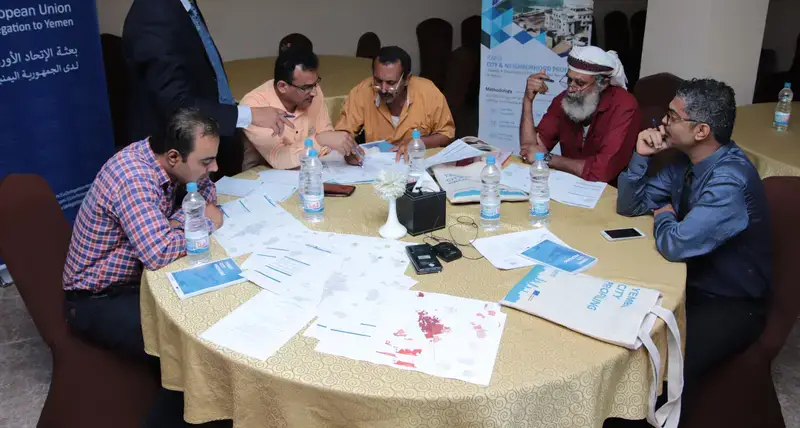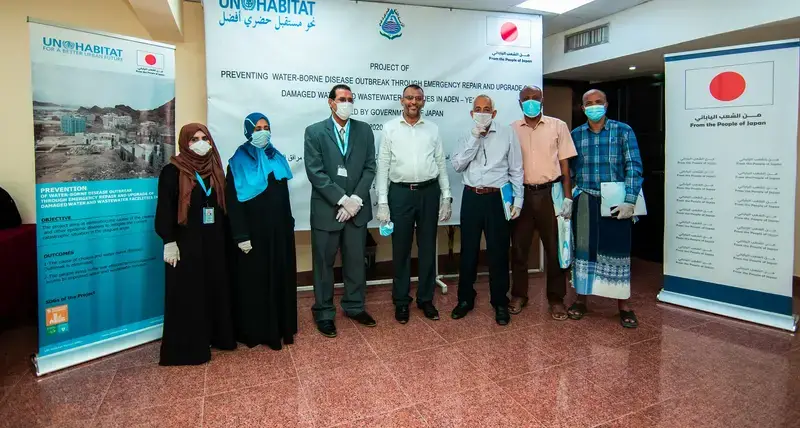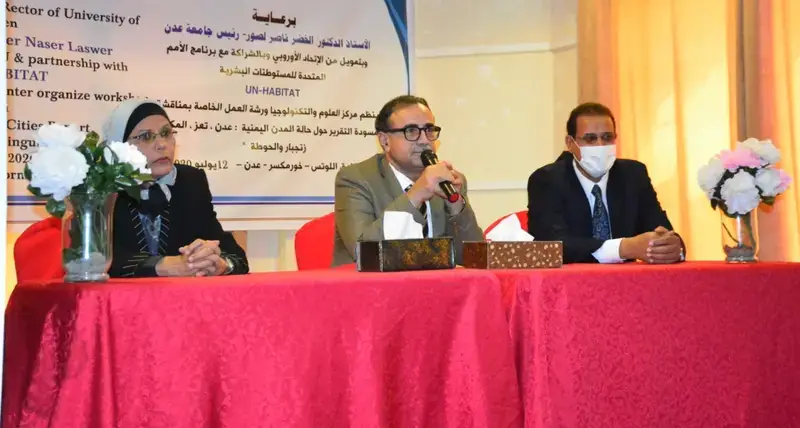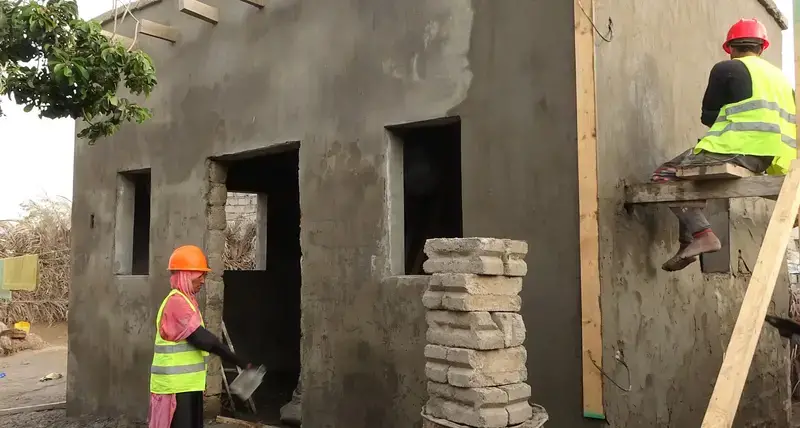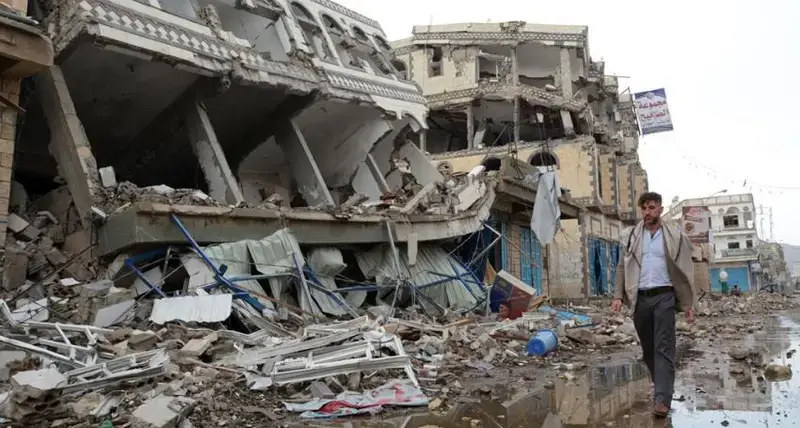UN-Habitat established presence in Yemen in 2018. Since then, UN-Habitat has supported the government and people of Yemen to develop Rapid City and Neighbourhood Profiling for 7 cities (Sana, Aden, Taiz, Sada’a, Ma’arib, Al-Huta and Zinzibar). The city profiling will reflect on the context of Yemen that is suffering from protracted armed conflict since 2015. It will include an analysis on the damage assessment and effect of war on the political, social and economic conditions. The profiling will feed into the national and city recovery plan.
UN-Habitat Yemen is also focusing on helping the most vulnerable, most affected population in a number of cities to rehabilitate damaged housing and community infrastructure facilities and systems; starting with Al-Hudaydah and expanding to other most affected cities, with the aim to provide safe, adequate and dignified living conditions. Given the huge influx of IDPs to urban settings looking for safe heaven, they usually lose their Housing, Land and Property documentations, hence UN-Habitat and GLTN is working jointly with UNCHR, UN Women and UNHCR to start an initiative to increase Access for Women to HLP rights.
Country: Overview
Country: Overview
Country: Overview
Impact
Country: Impact and Urban Numbers
More than 10,000 women have increased access to, use of and control over housing, land and property rights.
The living conditions of more than 8,000 vulnerable displaced people improved in war-affected cities.
8 Cities in Yemen used the city profiling and recovery inclusive plans to improve the living conditions of war-affected communities.
Urban numbers
Country: Impact and Urban Numbers
3.3 million people remain displaced, up from 2.2 million in 2018.
17.8 million people lack access to safe water and sanitation.
81 per cent of Yemenis are now below the poverty line – an increase of one-third since 2014.
Challenges
As one of the poorest and world’s least developed countries, Yemen is encountering daunting political and socio-economic challenges. Though predominantly rural, Yemen has been experiencing rapid urbanization fuelled by high population growth and rapid rural-to-urban migration. The largest proportion of Yemen’s population is located in the agricultural regions and key urban agglomerations. High levels of poverty have manifested themselves through declined socio-economic situation, high unemployment, low education attainment, poor infrastructure as well as scarcity of water resources; especially among children, youth and women.
Yemen has become the largest humanitarian crisis globally as well as the largest and the most widespread food security crisis, with an estimated 22.2 million people in need of humanitarian or protection assistance. Half of the Yemeni population live in areas directly affected by conflict. The crisis resulted in the almost total collapse of basic services and institutions, as well as immense pressure on essential basic services resulting in the collapse of institutions.
Country Beneficiaries
Donors and partners
UN-Habitat Yemen is working closely with the government counterpart at the national, governorate and city levels, and has collaboration partnerships with INGO and NGOs to ensure access to the most affected project areas where UN-Habitat staff can not reach due to security conditions. UN-Habitat and GLTN is working closely to develop a new programme to increase access for Women to HLP rights, in collaboration with UNCHR, UNHCR and UN Women.
